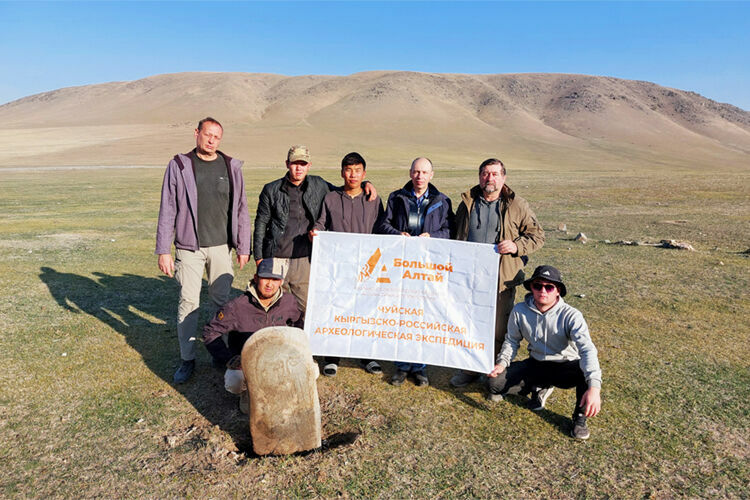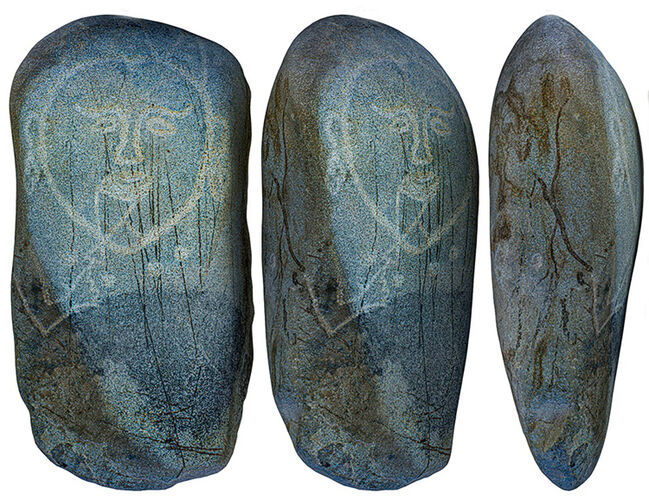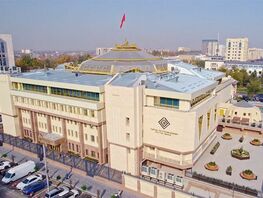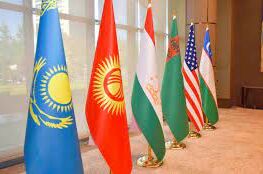Archaeologists from the Greater Altai Research and Educational Center for Altaic and Turkic Studies at Altai State University (Russia), together with colleagues from the Jusup Balasagyn Kyrgyz National University, have discovered a unique stone sculpture of a woman dating back to the early Turkic period in Chui region.
According to the archaeologists, the discovery was made in Borombay tract near the village of Kyzyl-Oktyabr in Kemin district during a joint Kyrgyz-Russian archaeological expedition. The stone depicts a woman wearing a three-horned headdress—an element characteristic of the early Turkic period (6th-8th centuries). The figure’s right hand holds a cup—a traditional attribute of ancient religious sculptures.
«The image is carved on a large boulder, the composition of which differs from that of the local rocks. The stone was likely brought specifically for the creation of this image,» expedition leader, Professor Alexey Tishkin said.
Scientists conducted photogrammetry of the object and created a digital copy, which will be published later.The research was conducted at Borombay I and Borombay II archaeological complexes, where burial mounds from different eras had previously been discovered. In the excavation of mound No. 39, archaeologists discovered a catacomb burial with several layers of stonework. Although robbers partially destroyed the burial, bone fragments and ceramics were recovered. Radiocarbon dating will help confirm the find’s age.
According to the professor, the burial structure is unusual for Altai and possibly dates back to pre-Turkic times, likely to the Kenkol culture.
Furthermore, during the study of mound No. 8 of the Borombay II complex, archaeologists found fragments of ceramics and a stone pestle, which may indicate a cenotaph—a symbolic grave without remains. Altai State University researchers Alexey Tishkin, Vadim Gorbunov, and Sergey Bondarenko participated in the expedition. Representatives of the Kyrgyz National University—Temirlan Chargynov, head of the Archaeology Department, and Orozbek Soltobaev, a department member who received official permission to conduct the work—provided significant assistance.
After completing the fieldwork, the excavations were reclaimed to preserve the natural landscape.
The scientists plan to continue archaeological research in Kyrgyzstan. This requires an extended expedition, additional funding, and the active use of digital technologies.
«This discovery is an important step in the study of the culture of the nomadic peoples of Central Asia and the ancient Turks. The female figure with a three-horned headdress is rare evidence of the symbolism and rituals of that era,» the professor emphasized.










